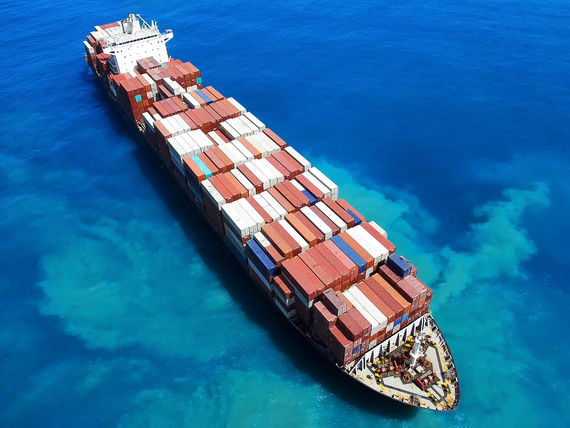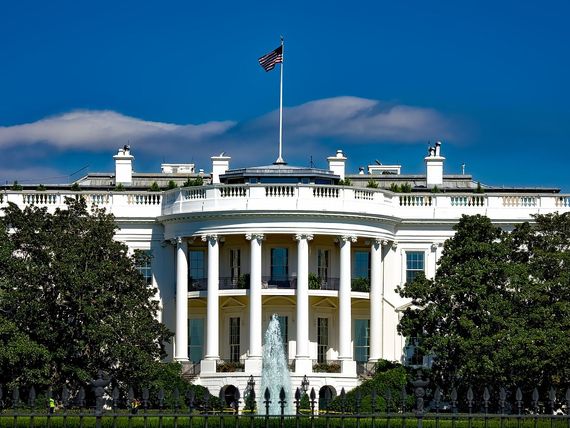What We're Reading: BDP Trendwatch Week 47

Brexit negotiators zero in on a deal as soon as next week
The U.K. and European Union could strike a deal on their future trading and security relationship early next week as the two sides edge closer to agreement on the biggest sticking points.
As talks continue in Brussels, officials are planning for the possibility of a breakthrough to be announced as soon as Monday, although no precise day has been settled on, people familiar with the discussions said. The pound climbed by as much as 0.4% against the dollar.
They also warned that there was still the potential for the negotiations to collapse, with the two sides still some way apart on the familiar stumbling blocks that have plagued the talks since they started in March. Getting a deal will still need the U.K. to make big political decisions over whether it is prepared to compromise, particularly on the thorny topic of access to British fishing waters, an EU official said.
Source: AJOT, Bloomberg
Capacity shortages on Asia-Europe directly due to transpacific trade boom
There is growing evidence that capacity restrictions on the Asia-Europe ocean trades, in terms of both vessels and equipment, are a direct result of the transpacific demand boom.
According to new research from liner consultancy Sea-Intelligence, recent capacity injections on the transpacific are expected to limit the ability of carriers to bring more slots and containers to the Asia-North Europe trade.
Source: The Loadstar
Why China is creating a new Asia-Pacific trade pact
First President Donald Trump withdrew the U.S. from a 12-nation, pan-Pacific trade deal known as the TPP. Then Prime Minister Narendra Modi pulled India out of another regional grouping led by China known as the RCEP. In both cases, protectionism played a part; in both cases, the show went on without them. With the 15-country RCEP deal now signed, the question is what the impact will be on American and Chinese efforts to boost their clout - and business - across Asia.
Source: AJOT
Dutch government performs freighter tax u-turn
The Dutch government has abandoned its proposed tax on freighters, after research showed it would likely drive cargo to other airports in Europe.
The environmental tax, part of the country’s Aviation Tax Bill, would have netted the government some €12m from freighters, which will now come from an increase in passenger air tax.
This will rise from €7 to €7.45, although transfer passengers are exempt. Total revenue from the tax will be some €200m.
Source: Air Cargo News
Divided IMO approves short-term measures
Delegates at the International Maritime Organization (IMO) meeting online this week have approved short-term measures to reduce carbon from existing ships, however, the meeting was divided on the efficacy of the proposals.
Critical discussions at the IMO could see the price of shipping increase as environmental considerations raise the cost of shipping in the medium term, making this year’s rate rises a permanent fixture over the longer term.
Source: Container News
Air Canada plans a dedicated freighter fleet to expand cargo business
Air Canada (AC) was the first airline to remove seats and deploy passenger aircraft as freighters back in April, when Covid-19 lockdowns grounded fleets.
Now the airline is preparing to turn 767s into permanent freighters to establish main deck capacity as a long-term strategic plank in its operation.
AC has been a prolific user of ‘preighters’: since the spring it has been operating three B777-300s and four A330-300s without seats for cargo missions, and clocked up more than 3,000 such flights. During the fourth quarter, it plans about 100 cargo flights a week.
Source: The Loadstar
Valenciaport new historical record: 508,177 containers in October
Valenciaport has once again set a new historical record: last October it managed 508,177 TEUs (6.1 metre or 20-foot containers), the highest figure in its entire statistical series. For the second time the figure of 500,000 containers/month was exceeded (the previous one was August with 503,482). But in addition, last October proved to be the third consecutive month with notable growth - in a year marked by the Covid-19 pandemic - in both general traffic measured in tonnes and that recorded in TEUs (increases of 11.25 and 7.73 percent, respectively). These figures show that Valenciaport is moving away from the commercial crisis generated by the pandemic.
In the year, the gap is closing with respect to 2019 and is “approaching normal” (to the data for 2019) at a rate of two percentage points per month. The January-October data still indicate that the accumulated tonnage handled so far this year is 3.58 per cent below 2019 records and containers are down by 4.01 per cent. If the current rhythm of work observed in the terminals of Valenciaport is maintained, the traffic and volumes of 2019 will have been equalised by the end of the year, a circumstance which will be a success for the whole port community.
Source: AJOT
Importer fury as UK port congestion means boxes may be stranded for weeks
UK container imports offloaded at Antwerp, Rotterdam and Zeebrugge could be stranded for weeks before they can be relayed back, potentially missing out on the Christmas market.
Ships diverted from the heavily congested hub ports of Felixstowe, Southampton and London Gateway have mostly discharged their UK imports at the Benelux ports, but now carriers are struggling with their relay options.
Moreover, Antwerp and Rotterdam are reported to be “very full” across all of their box terminals, and The Loadstar understands carriers are now considering other options such as Le Havre and Bremerhaven that could see the delays extended well into next year.
Source: The Loadstar
Europe signals it wants higher pollution prices in carbon market
The European Union is testing the waters for a sweeping overhaul of the world’s biggest carbon market that is set to drive up prices and extend the system to cover ships.
The European Commission is drafting a law to align the EU Emissions Trading System with the Green Deal’s objective of reaching climate neutrality by 2050 and opened a public consultation on the measures on Friday. The process sheds some light on the scenarios the EU regulatory arm is considering to strengthen the cap-and-trade program, where prices more than tripled over the past three years.
The measures could include new financial instruments to support innovative technologies. For the existing system, policy makers are seeking feedback on a one-off reduction in the EU ETS pollution cap and increasing the pace at which emission limits shrink every year. They also are weighing cancellation of CO2 permits in a special reserve, strengthening the reserve and an early application of a tighter emissions cap, for example in 2023 rather than later. Those measures would tighten supply in the system.
Source: AJOT


